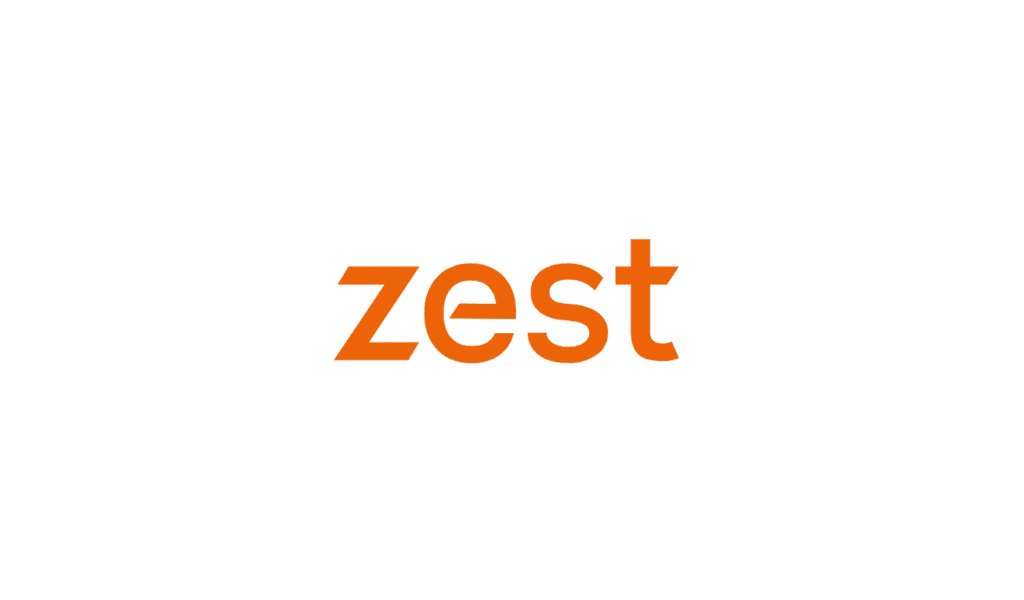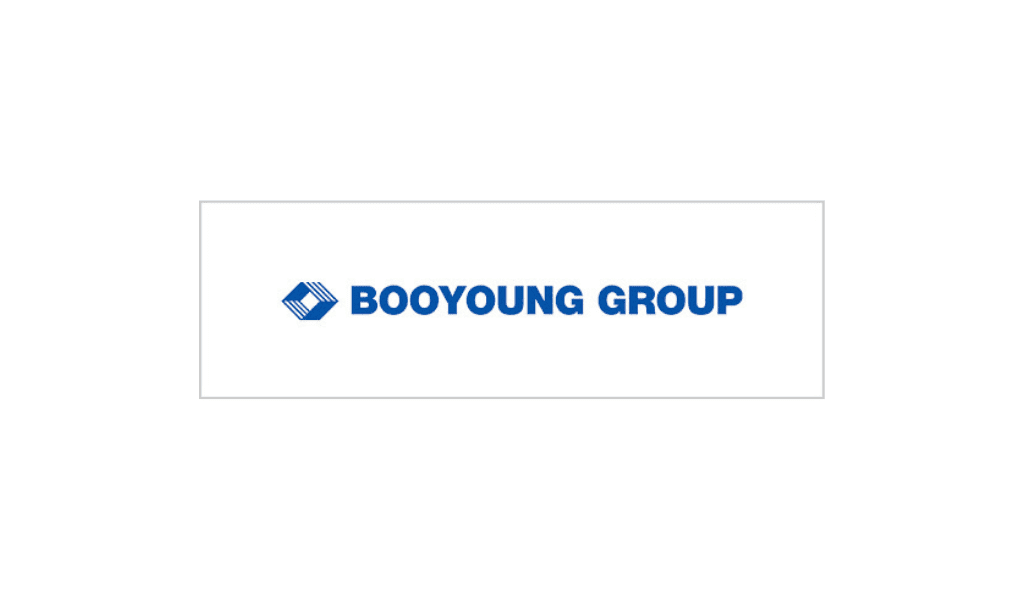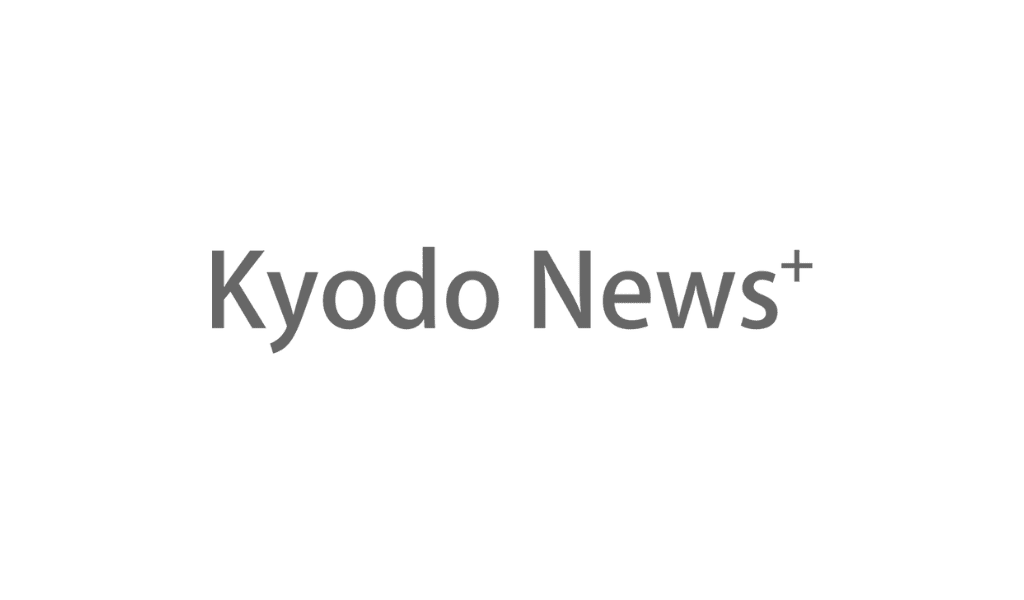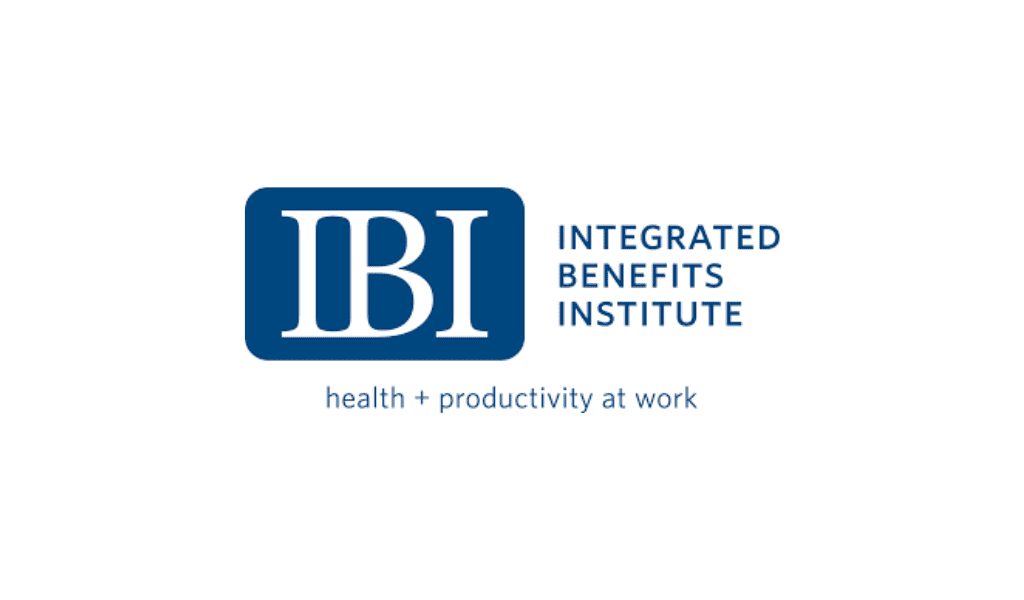Costs for benefits are rising along with the number of employee demands—here are some best practices to find the right mix.
By Sally Prather
Inflation, economic uncertainty, and the lingering impact of the COVID-19 pandemic are just a few of the challenges that will confront HR professionals during the year ahead. In addition to navigating the ripple effect of The Great Resignation, employers must work diligently to carefully balance the need to ensure employees are happy, healthy, and productive while also keeping a close eye on how best to invest their benefits dollars. It’s a difficult balance.
Today’s workers have unique expectations and demands of what they want from their employer, while the cost of benefits continues to rise exponentially.
Alera Group’s 2023 Employee Benefits Market Outlook provides insight into current and emerging benefits trends to help employers navigate the turbulent economic landscape while maintaining a satisfied, productive workforce. Employers must remain hyper-focused on current trends to avoid investing benefits dollars unwisely and risk losing out on top talent. By offering comprehensive, meaningful benefits packages, businesses can secure their position as an employer of choice and achieve continued success.
The Changing Regulatory Landscape
Regulatory changes will further increase financial pressures on employers during the year ahead. Organizations have been faced with a number of unexpected—and in some cases recurring—compliance-related fees over the last few years. Employers can also anticipate further fee hikes from third-party vendors, including COBRA administrators, pharmacy benefits managers, and IT vendors, among others.
Ongoing variations in state laws and regulations are also adding to employers’ financial pressures. Of note in 2023, a number of states have paid family medical leave laws going into effect, while others have laws under consideration. Many employers are exploring integrating disability insurance with family and medical leave to support Family and Medical Leave Act (FMLA) compliance.
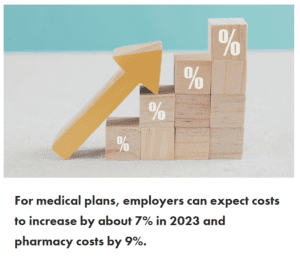
Benefit Trends to Watch
Health and wellness benefits have been a mainstay for employee packages for many years and remain a priority for organizations. One positive response from the pandemic is increased focus by employers on employee mental health and well-being, including support for substance-abuse treatment for employees and their dependents. As access to mental health services remains a challenge, employers are leveraging teletherapy to ensure employees receive the support they need. This is especially important for Millennials and Gen Z workers, who place great value on mental health and well-being.
For medical plans, employers can expect costs to increase by about 7% in 2023 and pharmacy costs by 9%, according to the Market Outlook. Although pharmacy costs have increased steadily in recent years, demands for specialty drugs and weight-loss medications are putting added pressure on employers. In response, some employers are placing stricter preauthorization requirements on certain medications, including obesity drugs, to combat the growing trend toward use of these medications for patients with low body mass index (BMI). Employers are also offering tiered pharmacy formularies; about 47% of employers offered tiered pharmacy formularies in 2022, up from 22% in 2020.
Dental insurance remains a top-tier benefit for employees who are increasingly aware of the link between oral health and overall health. The rising cost of dental insurance is attributable to rising labor and supply costs, as well as to the need for dentist offices to make up for lost revenue during the pandemic.
Voluntary benefits are becoming a more attractive option for employers wanting to meet the unique needs of a multi-generational workforce without increasing the overall cost to the employer. Employees can create individualized benefits packages to support their health, well-being, and financial needs. Millennials and Gen Z workers, in particular, seek benefits that support work-life balance and align with their life stage. Among such benefits are paid parental leave, student loan repayment, and coverage for infertility treatments.
Top cost-cutting considerations include encouraging the use of cost-comparison tools for plan participants, implementing disease management programs, and changing carriers or issuing requests for proposals.
Cost-Containment Strategies
Many employers are acutely aware of the impact inflation has had on employees, including many finding it difficult to handle everyday expenses, much less the rising costs of benefits. As a result, some employers are looking for ways to absorb these rising costs, rather than pass them on to employees.
Top cost-cutting considerations include encouraging the use of cost-comparison tools for plan participants, implementing disease management programs, and changing carriers or issuing requests for proposals. Still, employers have to make choices that will impact employees’ wallets. Offering high-deductible health plans with health savings accounts (HSAs) and increasing deductibles and out-of-pocket maximums are top options to defray the rising cost of benefits for employers.
Regardless of the organization’s cost-cutting approach, communicating the value of the benefits package is critical. Educating employees about benefits choices is more important than ever to ensure employees feel valued and supported, and to help them select benefits that match their needs. By staying on top of trends and offering benefits packages that meet the unique needs of their employees, employers can navigate the current economic volatility and build a stable, engaged workforce of the future.
Sally Prather is EVP and employee benefits practice leader for Alera Group.

